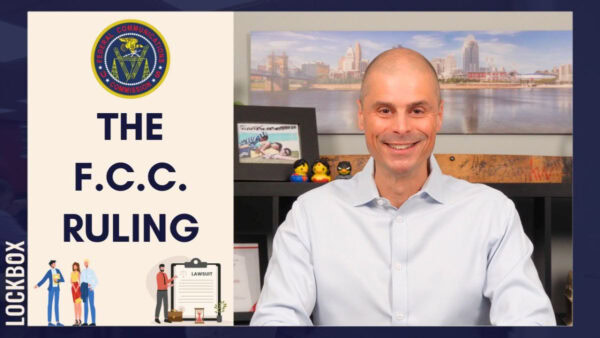Inventory: A Crash Course for Realtors

Realtor friends, let’s explore the sixth of seven economic factors that impact our industry: Inventory. (We’ve already covered GDP, Inflation, Federal Funds Rate, Interest Rates, and Unemployment.)
As of this writing, Inventory levels are historically low; we are experiencing the most acute seller’s market (low supply, high demand) our country has ever seen. Inventory – specifically, the lack thereof – is on every Realtor’s mind right now.
How is it that we have persistent low inventory and high property prices despite the dramatic increase we’ve seen in interest rates? Being able to communicate this to your clients will help educate your clients and position you as a subject matter expert.
First, let’s talk data: Inventory in Cincinnati is scarce, with only 18 days’ worth of property listings available, (according to the most reliable MLS data we can secure). Here’s some contrast: a balanced market typically features five to six months of inventory.
Why is Inventory so Low?
Why are we experiencing such low inventory levels, and why do property prices remain elevated?
- New Construction Shortage: The first factor contributing to this issue is a significant shortfall in new construction. The real estate market has experienced a decade-long deficiency in home building since the Great Recession. Many builders went bankrupt during the Great Recession. Those who survived the Great Recession have been understandably cautious about over-building. Addition of new homes to the market over the following 10 years dropped precipitously – as much as 50% in some years – and only in 2021 did the industry cross the threshold of adding the historic average of one million new homes to the market. However, with the rise in interest rates in 2022, construction rates have once again contracted. This prolonged period of insufficient new housing has led to a cumulative undersupply, severely impacting inventory levels.
- Refinance Trends: Many homeowners have refinanced their properties in the last four to five years, securing mortgages with exceptionally low interest rates, many below 3.5%. With current interest rates on the rise, these homeowners are disincentivized to sell, as doing so would mean giving up their low-rate mortgages. Economists estimate that selling your current home and buying the same home at today’s interest rates would cost as much as 30-40% more! This trend further constricts the inventory, as fewer properties are put up for sale.
What brings rates down?
So, what could change the current market dynamics? A significant reduction in interest rates could potentially motivate homeowners to sell. (Some experts believe 5% is the magic interest rate that gets homeowners moving again.) However, this would require a substantial shift in the economy. There are two scenarios that would likely start to bring interest rates down:
- The government achieves a ‘soft landing’ and cools off our economy, bringing inflation down to 2% and increasing unemployment to a healthier number around 5%. As the government sees the economy consistently leveling off, it starts to slowly lower its Federal Funds Rate, and mortgage rates follow.
- The economy enters a recession. The government begins to lower its Federal Funds Rate more quickly to stimluate more economic activity and mortgage rates follow.
In recent polls, the majority of economists believe it is more likely that our economy will enter a light recession than a soft landing. While this is unfortunate for the country, strictly from a mortgage interest rate perspective and how it impacts Realtors, a recession would most likely move interest rates down faster and most quickly improve the tight inventory market we are experiencing right now.












